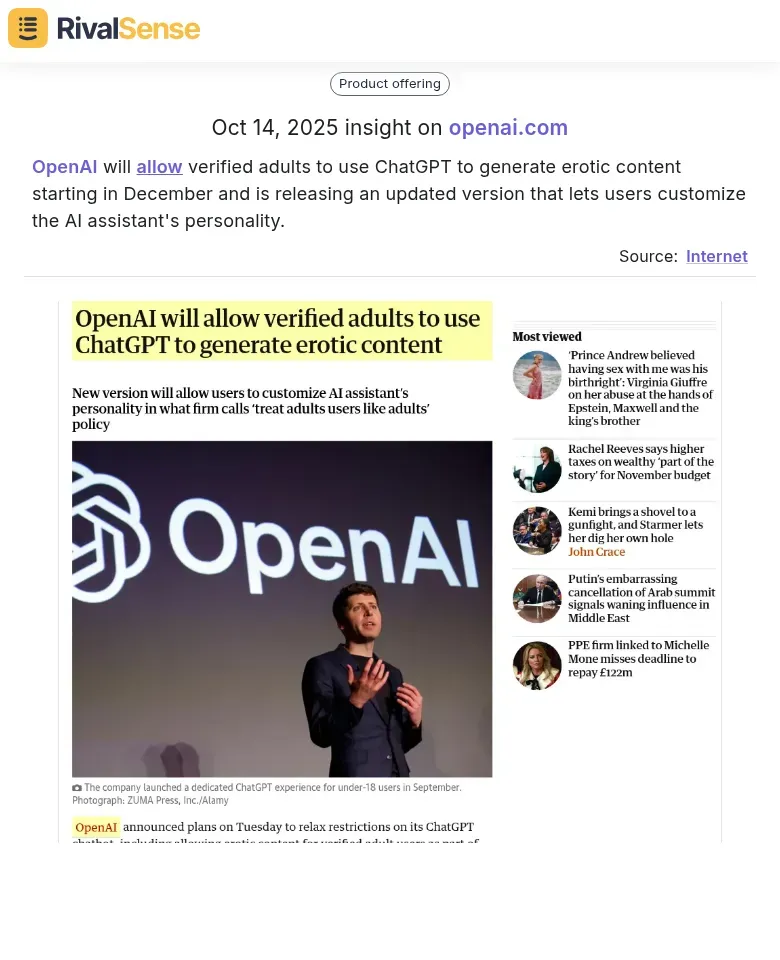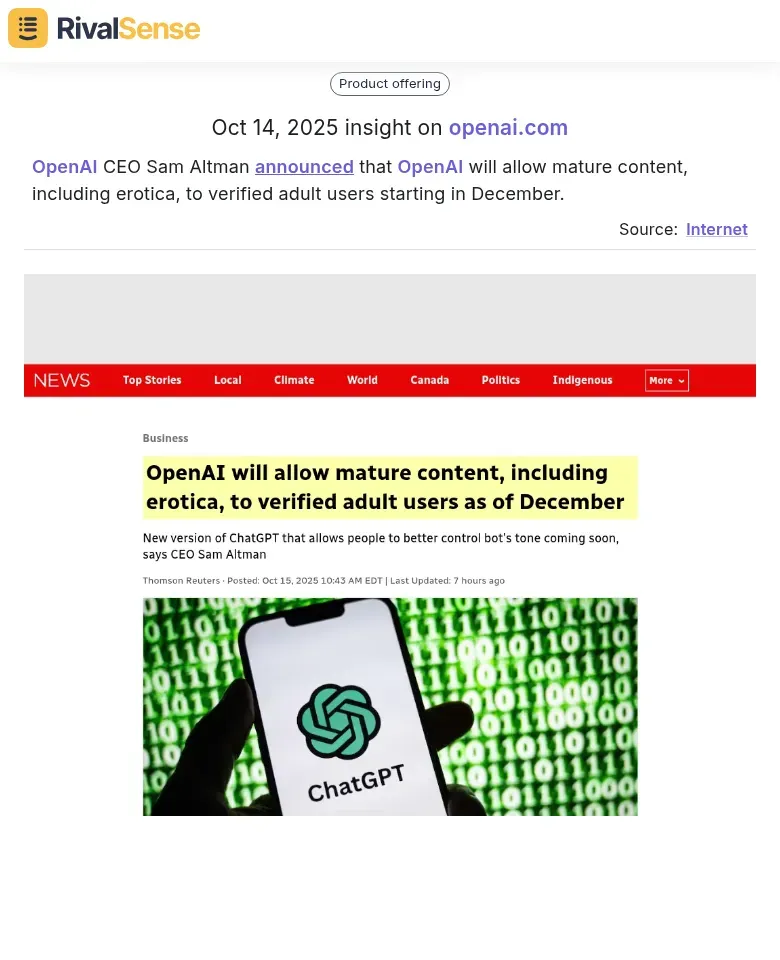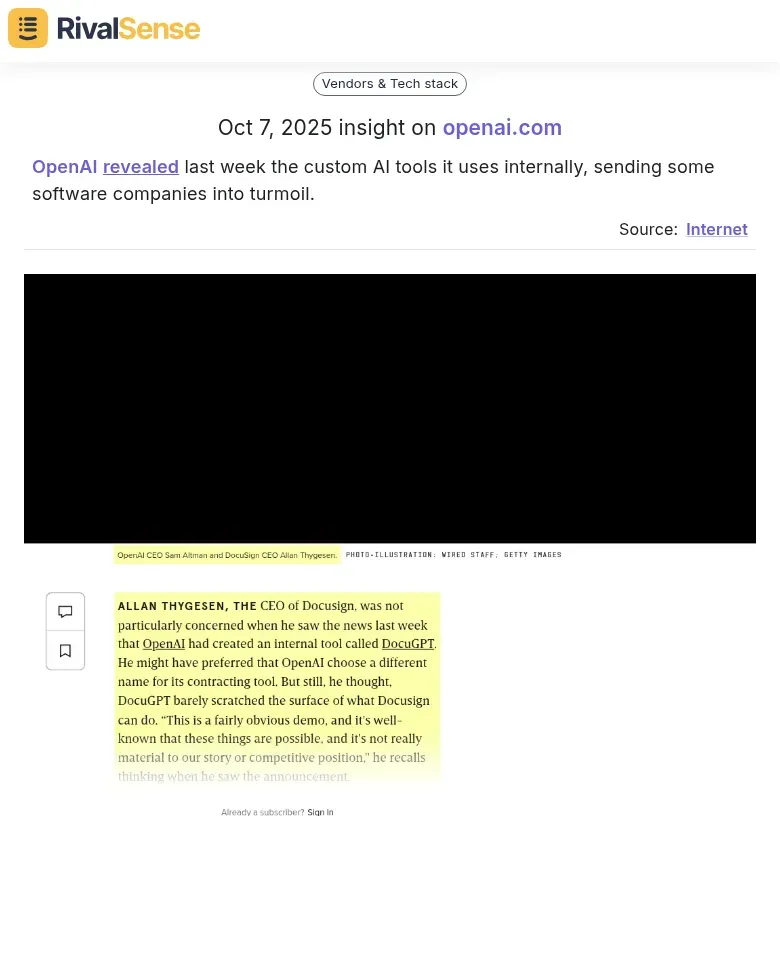AI vs. Traditional Key Account Management: Comparative Analysis
Key account management has evolved dramatically, transitioning from manual, relationship-focused methods to technology-driven strategies. Traditional approaches, while effective for fostering personal connections, often face challenges in scalability and real-time data utilization. For instance, sales teams might miss critical shifts in client behavior due to data overload or delayed analysis, leading to missed opportunities. A practical tip: regularly audit your KAM workflows to identify bottlenecks like siloed data or reactive follow-ups, and consider integrating basic automation tools to enhance efficiency. 🚀
The rise of AI-driven KAM introduces automation, predictive analytics, and machine learning to transform account management. AI tools can analyze vast datasets—from purchase histories to social signals—to predict churn, identify upsell opportunities, and personalize interactions at scale. For example, an AI system might flag a key account's declining engagement and suggest targeted outreach before issues escalate. Start by piloting AI for routine tasks, such as sentiment analysis of client emails, to free up time for strategic decisions. This comparative analysis delves into how AI augments or replaces traditional KAM, focusing on efficiency, accuracy, and ROI, with real-world cases and actionable checklists to guide your implementation.
Core Principles of Traditional Key Account Management
Traditional key account management is fundamentally built on human-centric principles, where personalized interactions and trust form the backbone of client relationships. Sales teams invest considerable time in understanding client needs through face-to-face meetings, phone calls, and customized communications, which fosters deep loyalty and long-term partnerships. This approach relies heavily on manual data analysis using spreadsheets, CRM notes, and past experiences, yielding nuanced insights but often at the cost of speed and scalability. As the number of key accounts increases, maintaining high-touch relationships becomes resource-intensive, and real-time adaptability suffers from delays in data processing.
To address these limitations, focus on practical steps: prioritize accounts based on strategic value, leverage CRM tools to streamline manual tracking, and establish regular review cycles for data updates. Incorporate checklists like quarterly relationship health assessments and client feedback loops to ensure consistency and proactive management. Tips include training teams in empathy-driven communication and using historical data for predictive insights, but remember that without automation, scaling beyond a certain point risks diluting the personal touch that defines traditional KAM. 📋
- Checklist for Optimizing Traditional KAM:
- Conduct quarterly account reviews to assess relationship health
- Implement client feedback surveys for continuous improvement
- Use CRM systems for centralized data management and tracking
- Train staff on advanced interpersonal and negotiation skills
- Set up regular team meetings to discuss account strategies and challenges
AI-Powered Key Account Management: Capabilities and Innovations
AI-powered key account management revolutionizes traditional practices by embedding automation, predictive analytics, and scalable personalization into daily operations. By automating routine tasks such as data entry, report generation, and follow-up scheduling, AI enables teams to concentrate on strategic relationship-building and high-value activities. Predictive analytics analyze historical data and market trends to forecast client needs, churn risks, and upsell opportunities, allowing for proactive interventions that prevent issues before they arise. For instance, an AI tool can detect a key account's reduced activity and trigger immediate, personalized outreach to re-engage them.
Customization and personalization are achieved at scale through AI-driven insights derived from client interactions, preferences, and behaviors. Tools like CRM integrations or dedicated AI platforms dynamically segment accounts, delivering tailored communications and offers without manual effort. Real-time monitoring tracks account health metrics, competitor movements, and market shifts, facilitating agile strategy adjustments. If a competitor launches a new product, AI can alert you instantly, enabling a swift pivot in your approach to maintain competitiveness.
For example, recent developments like OpenAI allowing verified adults to customize ChatGPT's personality for generating content underscore how AI innovations can enhance user personalization—a critical element in KAM. Monitoring such competitor moves with tools like RivalSense provides early insights into emerging trends, helping you refine your personalization strategies and stay ahead in the market. 🎯

Why this insight is valuable: Tracking AI personalization updates helps businesses anticipate evolving customer expectations, adapt engagement tactics, and identify new opportunities for differentiation in competitive landscapes.
Practical Steps for AI Integration in KAM:
- Integrate AI-powered tools (e.g., Salesforce Einstein) for automation and advanced analytics.
- Use predictive models to set up alerts for at-risk accounts and potential upsell opportunities.
- Implement AI for dynamic content delivery based on real-time client data and behaviors.
- Regularly review and act on AI-generated insights to continuously refine account strategies.
- Train your team to interpret AI outputs and combine them with human intuition for balanced decision-making.
Comparative Analysis: Strengths and Weaknesses
When comparing AI-powered and traditional key account management, each approach presents unique strengths and weaknesses that impact overall effectiveness. AI excels in efficiency and scalability, automating repetitive tasks like data analysis and outreach to handle large account portfolios with minimal human intervention—making it ideal for high-volume B2B environments. However, it may lack the nuanced understanding of complex client emotions and unspoken needs that human managers develop over time. In contrast, traditional methods thrive on human intuition and empathy, offering deeply personalized interactions but struggling to scale beyond a limited number of accounts without substantial resource allocation.
Accuracy and depth highlight another key difference: AI leverages data-driven predictions to identify trends and churn risks with statistical precision, reducing cognitive biases and enabling objective decision-making. Yet, it can overlook subtle cues, such as shifts in client sentiment during negotiations, that experienced managers detect through direct interaction. For adaptability, AI rapidly adjusts strategies based on real-time market data, allowing quick responses to industry changes, while traditional approaches, though slower, benefit from human creativity in crafting bespoke solutions during unexpected challenges.
Practical Tip: Adopt a hybrid model that blends AI's scalability with human empathy—use AI for monitoring account health, automating reports, and generating insights, while reserving human effort for high-stakes negotiations, relationship-building, and crisis management.
- Checklist for Implementing a Hybrid KAM Approach:
- Audit your account portfolio to categorize accounts as AI-suitable (e.g., low-touch, data-heavy) or human-critical (e.g., high-value, complex relationships).
- Implement AI tools for real-time data aggregation, alerting, and routine task automation.
- Train teams to interpret AI insights and integrate them into strategic planning and client interactions.
- Schedule regular human-led reviews and touchpoints for high-value accounts to maintain personal connections.
- Monitor performance metrics like client satisfaction, retention rates, and response times to fine-tune the balance between AI and human input.
Lessons from Industry Shifts and Competitor Insights
Market disruptions driven by AI adoption offer invaluable lessons for refining key account management strategies and staying competitive. Historical examples, such as Salesforce's cloud-based CRM displacing on-premise systems like Siebel, emphasize the importance of embracing technological innovations to avoid obsolescence. Similarly, AI-driven KAM tools now challenge legacy methods by boosting efficiency by 40-50% through predictive analytics and automated workflows, making it crucial to monitor competitors' AI implementations. Tracking their feature releases, customer feedback, and integration capabilities can help you anticipate industry shifts and adapt proactively.
Customization and personalization have become essential in AI tools, with platforms that offer role-specific dashboards (e.g., for sales versus support teams) seeing higher adoption rates. Implement user-centric data feeds and adaptive interfaces to enhance engagement, and benchmark against competitors to identify best practices and gaps in your own strategies. Additionally, responsibly handling mature or sensitive content in AI applications requires robust protocols, including encryption, access controls, and audit trails, to prevent data breaches and maintain client trust—learn from early AI CRM missteps by adopting ethical frameworks and regular security audits.
Real-World Examples from RivalSense Insights:
- OpenAI's Mature Content Policy: OpenAI CEO Sam Altman announced that OpenAI will allow mature content, including erotica, to verified adult users starting in December. This type of insight is valuable for business strategy as it alerts you to potential regulatory changes, ethical considerations, and new market segments, enabling proactive adjustments to your KAM approaches and risk management plans.

- OpenAI's Internal Tools Revelation: OpenAI revealed last week the custom AI tools it uses internally, sending some software companies into turmoil. Monitoring such competitor innovations helps businesses identify disruptive threats and opportunities, allowing for timely strategic pivots to protect market share and capitalize on emerging trends.

Actionable Steps to Leverage Competitor Insights:
- Conduct regular security and ethics audits to ensure compliance and data protection in AI deployments.
- Train teams on data ethics, privacy regulations, and the responsible use of AI in client interactions.
- Use anonymized or synthetic data for AI training to minimize risks and biases.
- Subscribe to competitor tracking services like RivalSense for real-time updates on product launches, pricing changes, and market movements.
- Analyze competitor missteps and successes to inform your own KAM strategy adjustments and innovation initiatives.
Future Outlook and Strategic Recommendations
The future of key account management is increasingly centered on hybrid models that seamlessly integrate AI's analytical power with human empathy and creativity. AI excels at processing large datasets, generating predictive insights, and automating routine tasks, which frees account managers to focus on building trust, navigating complex negotiations, and addressing nuanced client emotions. However, ethical considerations must guide AI deployments, including transparency in algorithms, mitigation of biases, and stringent data privacy measures to maintain client confidence and regulatory compliance.
Risks associated with over-reliance on AI include impersonal client interactions and potential errors in automated decisions, which could harm relationships. To transition effectively, begin with a gap analysis to identify processes where AI can add value, such as data monitoring or report generation. Train your teams on using AI tools and adhering to ethical guidelines, then pilot hybrid approaches with a select group of accounts, closely tracking metrics like client satisfaction, retention rates, and operational efficiency. Start small, scale gradually, and continuously refine your strategy based on feedback to ensure a balanced approach that prioritizes both technological efficiency and the human element.
Call to Action: To stay ahead of competitor moves and enhance your key account management strategies, try RivalSense for free at https://rivalsense.co/ and get your first competitor report today! This tool tracks competitor product launches, pricing updates, event participations, partnerships, and more, delivering all insights in a weekly email report to keep you informed and agile in a dynamic market. 🚀
📚 Read more
👉 Predict Hiring Trends: Track Key Account Employee Changes
👉 How to Leverage Competitor Insights: Analyzing Dust's Frames Launch
👉 Free Competitor Analysis Tools: The Ultimate Guide to Staying Ahead in 2025
👉 How Media Buying Agencies Win with Competitor Customer Service Insights
👉 How Merchize's $2.5 Flash Card Launch Fueled Competitor Growth
